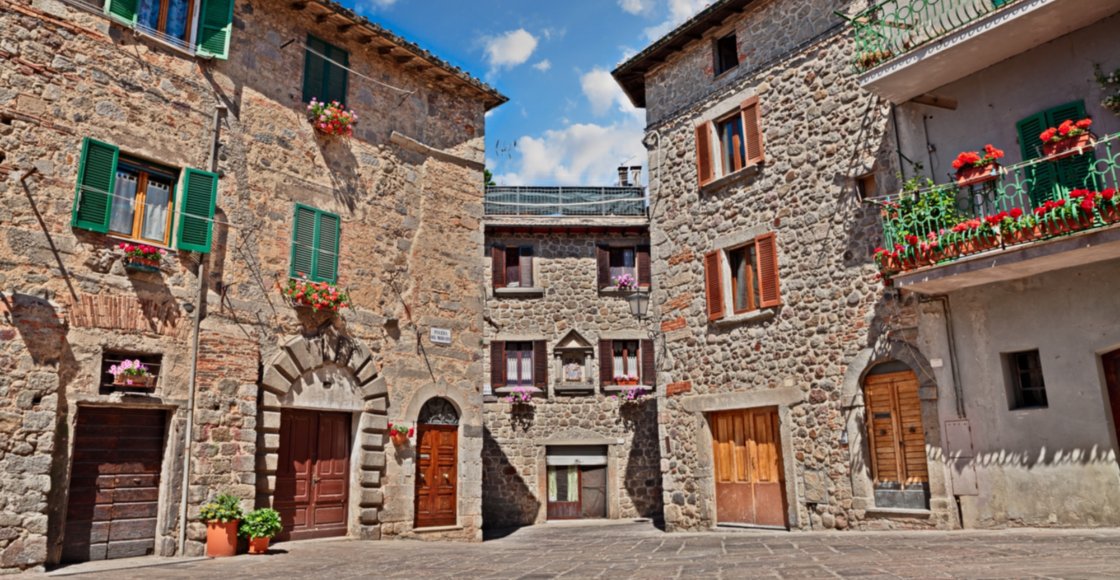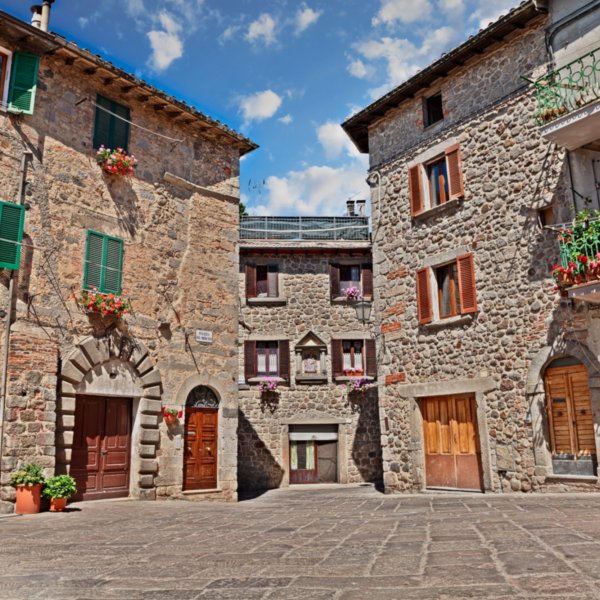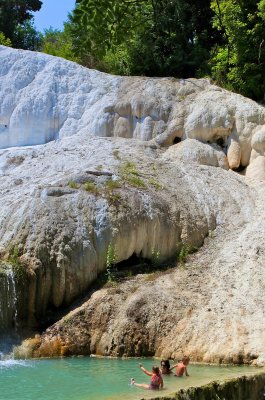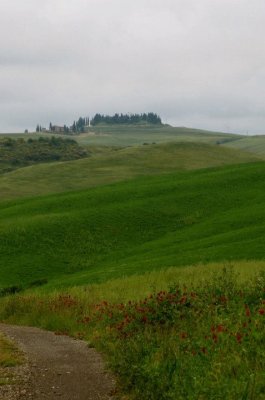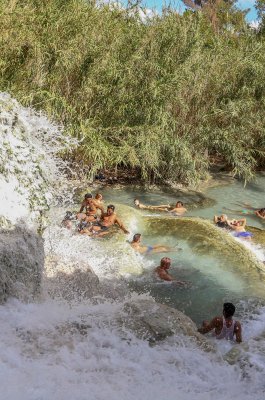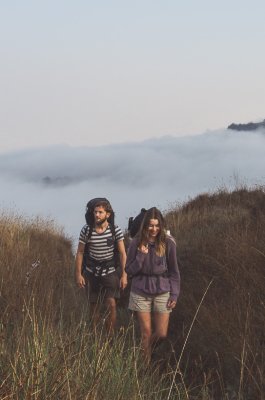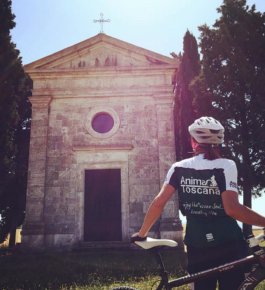After the hamlet of Gallina, a variant of the Tuscan Via Francigena breaks away from the official route and enters the woods between Bagni San Filippo and Campiglia d’Orcia, climbing toward the slopes of Mount Amiata and passing near the delightful village of Montieri. The route becomes wilder and more mountainous, following ancient medieval streets that lead to Abbadia San Salvatore, a village rich in history and spirituality. The climb, which begins near the Ricorsi Post Office, is rather steep and bumpy, but a visit to the historic town and the thousand-year-old Abbey of San Salvatore, a custodian of the famous Amiatina Bible for centuries, amply repays the effort. From here, gently descend to the Val di Paglia, until reconnecting with the main route near Ponte a Rigo.
This variant represents an evocative and immersive alternative among the forests and spiritual memory of the Amiata.








